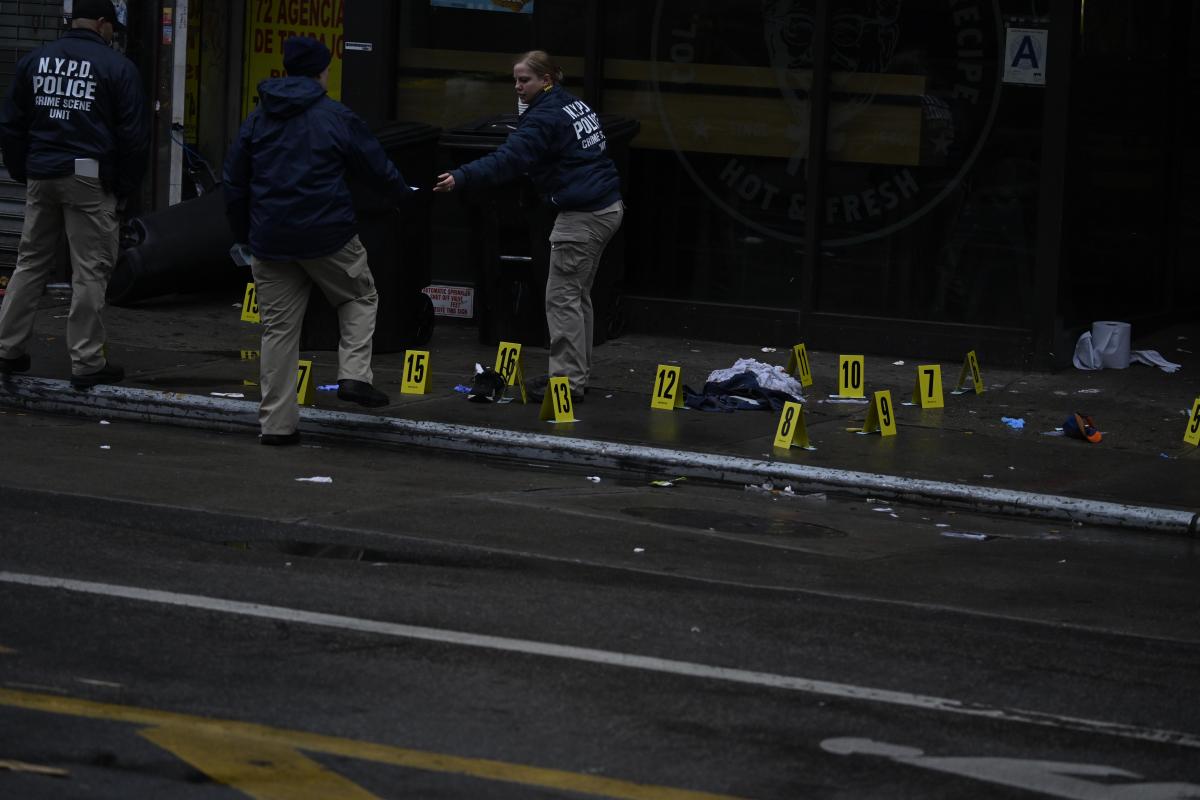By Alex Berger
Feb. 2 is the day when the groundhog, Pauxatauney Phil, emerges from his underground lair to see if winter is over. Weather-wise, he is the most accurate precursor I know for forecasting the arrival of spring. This awesome responsibility of spring forecasting has been thrust squarely on the broad shoulders of this noble creature. Every year, this magical, furry animal, without floundering, goes straight to his task.Meteorologists the world over (including Storm Field, Al Roker and Alex Berger) will gather in Pennsylvania to watch Phil arise from his snug, underground den. If he sees his shadow, he will crawl back into his den. If that occurs, there will be six more weeks of winter (oh, no, Phil). If, on the other paw, the groundhog does not see his shadow, spring will arrive early (oh, yes, Phil).This renowned groundhog, born and raised in Pauxatauney, Pennsylvania, put this small town on the map. Why, you ask, did this amazing, weather forecasting, groundhog settle in Pauxatauney? Dunno. But, if it were up to me, I would move him to Queens.Wouldn't he be happier if his name were: Astoria Alex, Bayside Bentley, Forest Hills Freddy, Glen Oaks Glenn, Whitestone Willie, Flushing Floyd, Jamaica Jim, Little Neck Leonard, Fresh Meadows Frank, Howard Beach Howie, Ridgewood Rick, Jackson Heights Jack, Laurelton Looie, Richmond Hill Richie, Woodside Woody or Queens Village Quincy? Hmm. On second thought, this name change may produce a civil war in Queens so I suggest we leave Pauxatauney Phil's name alone.I have survived many a blustery winter and I always get winter-weary. Weary of shoveling out my snowed-in vehicle. Weary of slip-sliding away on treacherous footing. And weary of thawing out my frost-nipped nose, fingers, and Gloria. I say here and now, enough is enough! So, on Feb. 2, I hope Phil arises to a most cloudy day. Then the equation “no sun + no shadow = an early spring” will kick in and forecast an early end of winter.However, for any perverse individuals (like skiers) who hope for a sparkling, clear Feb. 2 day so Phil will see his shadow, and lengthen winter, I say, “may the next sub-zero snowy, day find you combing your hair, and it breaks, and heartburn to keep you warm.” Boy, wouldn't that be sweet justice? Be that as it may, I do wish Phil gets a speck in his eye before he looks around on Feb. 2, and never does see his shadow. That would make my day.Readers, there is no shadow of a doubt that Phil is always right. You can bet your rock salt on it. As proof, I suggest that on Feb. 2, you indicate on your calendars the weather condition. Then keep track of the weather during the next six weeks. You will find that Phil, as always, was right on the money. When it comes to determining the arrival of spring, the “shadow knows.”On Feb. 3, we will celebrate Four Chaplains Day in honor of Lt. Alexander Goode, 31, a Brooklyn-born rabbi; Lt. Clarke Poling, 32, a Dutch Reformed minister from New York; Lt. John Washington, 34, a Catholic priest from Kearny, N.J.; and Lt. George Fox, 42, a Methodist from Altoona, Pa. It was during World War II, that the four were trained together at Army Chaplain School. They shared their faith (praying together a number of times) and initiated many interfaith activities.Together, they received orders in 1943 to sail to war-torn England aboard the American troop ship, the USS Dorchester (a converted luxury liner), which would carry 902 soldiers, national guardsmen, merchant marine crew and civilians along with them to its first destination, Greenland. They had known that German submarines would be lurking around them, and fearing disaster at any moment, the chaplains unanimously decided beforehand that if the ship were endangered or torpedoed, it would be their calling to remain aboard until all the others were off the ship. The ship never made it. They were only 15 miles from its destination when an enemy submarine torpedo found its mark into the vessel's aging flank.Many on board were instantly killed or wounded. The order was given to abandon ship, and chaos and confusion set in. Many of the ship's inhabitants were trapped below deck. They groped in the darkness leaving their life jackets behind. There, on that panic-stricken deck, a noble and heroic example of interfaith bonding unfolded.As the Dorchester was swiftly sinking, the four chaplains worked cooperatively to allay the young servicemen's anxieties. They consoled the frightened, tended the wounded, and guided the disoriented to lifeboats and rafts. Many of those without life jackets were given the few remaining ones left in the ship's supply room. When they were all gone, four terrified GIs were without life jackets.Instinctively, the chaplains pulled off their own life jackets and put them on the four frightened young men. They saved the four soldiers, but abandoned their last chance to save themselves. Standing braced against the slanting deck, with arms joined and heads bowed in prayer, the four sank to their deaths in the icy waters.The Dorchester went down in less than 31 minutes. Only 230 survived to tell the story of the hopeless desperation of the last few minutes on board and the ultimate sacrifices of the four chaplains. The Chief of Chaplains, Brig. Gen. William Arnold, in their honor, said, “The extraordinary heroism and devotion of these men had become an unwavering beacon that inspired and strengthened men everywhere. The manner of their dying was one of the most noble deeds of the war.” In Valley Forge, Pennsylvania, a Chapel of the Four Chaplains was built in honor of these four clergymen who performed their duty above and beyond, willingly, spontaneously, and courageously.Greater love hath no man than one that lays down his life for his friends. (John 15:13).Reach columnist Alex Berger at timesledger@aol.com or call 718-229-0300, Ext. 138.






























